Hawaii Bottom Fishing: Everything You Need to Know
Bottom fishing is a popular and culturally significant activity in Hawaii. This ancient technique targets fish living near the ocean floor, which includes a variety of economically important fish species commonly found around the Hawaiian Islands.
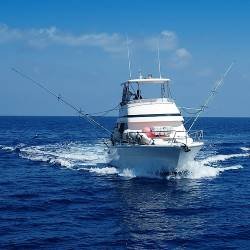
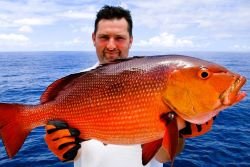
#1 Hawaii Bottom Fishing Charter
Experience the ultimate Hawaiian fishing adventure
- Book now, pay later: Secure your date now and pay the captain when you arrive.
- Expert local guides who know the best spots and techniques.
- World-class fishing: Reel in fish in stunning Hawaiian waters.
- Best Price Guarantee.
We earn a commission if you make a purchase
What is Bottom Fishing?

Bottom fishing is a fishing method that targets fish species dwelling near the ocean floor. Anglers use weighted lines and various bait options to entice bottom-dwelling fish to bite. By targeting these terminal predators, bottom fishing offers the opportunity to catch a diverse range of species. In Hawaii, bottom fishing plays a significant role in local culture, providing both a traditional food source and an important means of income through commercial fisheries and charter operations.
For centuries, Hawaiians have practiced bottom fishing to provide sustenance for their communities. Today, it remains an essential aspect of the local culture, both as a food source and an income-generating activity. Various bottom fish species play a significant role in the cuisine and economy of Hawaii, especially the Main Hawaiian Islands Deep 7 Bottomfish complex. Read more in our ultimate hawaii fishing guide.
Main Hawaiian Islands Deep 7 Bottomfish Species
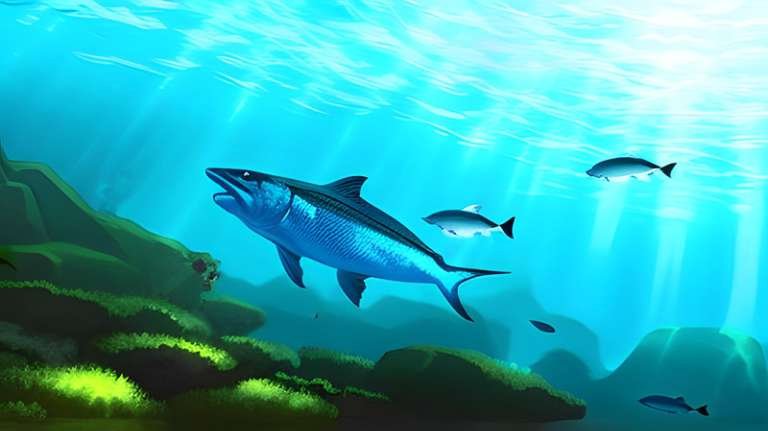
The Main Hawaiian Islands Deep 7 Bottomfish complex consists of six snapper species and one grouper species, which inhabit depths between 75 and 400 meters. These fish hold both cultural and economic significance in Hawaii and include the highly prized ʻŌpakapaka (pink snapper) and Onaga (longtail snapper).
The Main Hawaiian Islands Deep 7 Bottomfish include:
- Ehu (squirrelfish snapper), Etelis carbunculus
- Gindai (Brigham’s snapper), Pristipomoides zonatus
- Hapuʻupuʻu (Seale’s grouper, Hawaiian grouper), Hyporthodus quernus
- Kalekale (Von Siebold’s snapper), Pristipomoides sieboldii
- Lehi (silverjaw snapper), Aphareus rutilans
- Onaga (longtail snapper), Etelis coruscans
- ʻŌpakapaka (pink snapper), Pristipomoides filamentosus
These species live near hard, rocky seafloor habitats but may also be found in shallower sand and mud environments. They are abundant in the main Hawaiian Islands and can be found in locations such as the Northwestern Hawaiian Islands, Johnston Atoll, American Samoa, Guam, and the Commonwealth of the Northern Mariana Islands.
These bottomfish species have long been valued in Hawaiian culture, providing essential sustenance for local communities. Contemporary Hawaiian fisheries have continued to thrive, thanks in part to the economic value of bottomfish species like the ʻŌpakapaka and Onaga. Sustainable management practices have been implemented to balance the traditional and commercial fishing of Main Hawaiian Islands Deep 7 Bottomfish with the need to conserve these essential marine resources.
Hawaiian Bottom Fishing History and Conservation Efforts

The technique of bottom fishing in Hawaii has evolved since the 1930s, with technological innovations and the incorporation of ancient practices like underwater chumming.
Let’s take a brief look at the development of Hawaiian bottom fishing through the years.
Starting in the 1930s, bottom fishing in Hawaii expanded from a small group of commercial fishermen to a larger pool of part-time fishermen. This growth created a demand for deeper water species such as Opakapaka, Onaga, and Hapu’upu’u, as well as mid-water species like Uku. Traditional Hawaiian underwater chumming techniques persisted alongside modern fishing practices, fostering a mutual respect for the ocean’s resources.
As the bottom fishing industry grew, so did concerns regarding overfishing and the need for sustainable management practices. To address these concerns, various regulations have been implemented, including the Deep 7 rules, closed seasons, catch limits, gear restrictions, and reporting requirements. Over time, these measures have helped to balance the demands of commercial and traditional bottom fishing with the need to protect Hawaii’s valuable marine resources.
Conservation and Management Efforts for Hawaiian Bottom Fishing
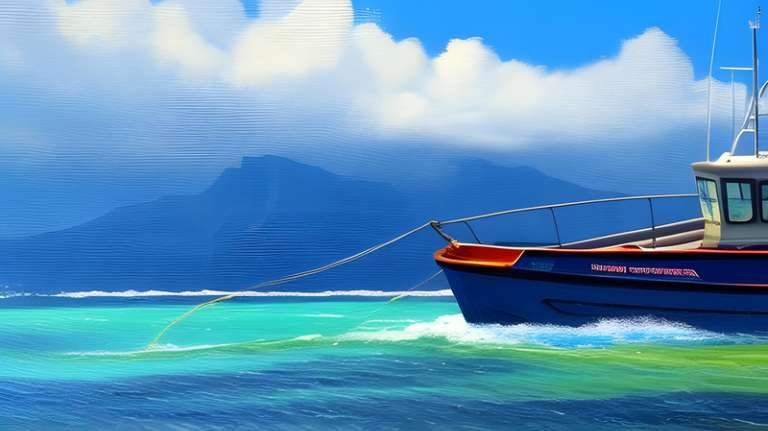
To ensure the sustainability and long-term viability of the bottom fishing industry in Hawaii, various conservation and management efforts have been put into place. These initiatives focus on preserving the abundance of Deep 7 bottomfish species and maintaining a balance between traditional fishing practices and modern commercial fisheries.
Some key aspects of these conservation efforts include:
- “Deep 7” Regulations: The “Deep 7” bottomfish species are subject to specific regulations to manage and conserve their populations. These rules include catch limits, size restrictions, and gear regulations.
- Closed Seasons: During certain periods, it is unlawful to fish for, possess, or sell the Deep 7 bottomfish species without a permit. These closed seasons aim to protect the fish populations during their spawning periods.
- Catch Limits: Commercial fishermen are required to adhere to strict catch limits, which regulate the number of Deep 7 bottomfish species that can be caught. These limits help prevent overfishing and ensure stock recovery.
- Gear Restrictions: The use of specific gear types, such as traps, trawls, and bottomfish longlines, is prohibited. The allowed gear includes handheld hook-and-line gear and bandit reels. These restrictions minimize the inadvertent capture of non-target species and reduce the impact on vulnerable marine habitats.
- Reporting and Licensing Requirements: Commercial fishers must report their catch of Deep 7 bottomfish within five days after the end of a trip. In addition, any vessel used for bottom fishing needs to be registered and display a bottom fishing vessel identification number.
Bottom Fishing Charters in Hawaii

Bottom fishing charters play a crucial role in Hawaii’s thriving tourism industry, offering both residents and visitors the opportunity to experience the excitement and challenge of bottom fishing in the vibrant waters surrounding the Hawaiian Islands.
One example of a reputable bottom fishing charter in Hawaii is Aloha Blue Charters. Based out of Maui, Aloha Blue Charters offers a comfortable and safe experience for up to 14 anglers, using top-of-the-line equipment and a knowledgeable crew. Their bottom fishing adventure includes targeting Hawaiian bottom fish species like snappers, groupers, trevallies, barracudas, and amberjacks. As a bonus, they also troll for tuna, mahi-mahi, and other pelagic species between bottom fishing locations.
SurReel Charters, operating out of Honolulu, invites you to experience the excitement of local Hawaiian fisheries firsthand. With experienced Captains Jeff, Skip, or David at the helm, you can expect to explore various fishing techniques, like bottom fishing, trolling, fly fishing, and even spearfishing, targeting sought-after species such as Wahoo, Marlin, Mahi Mahi, Tuna, and Snappers. Enjoy the comfort of a 47′ Freeman Boatworks offshore sportfishing vessel, built in 2022, boasting enough space for up to 6 anglers and a max speed of over 60 knots to get you to the hottest fishing spots quickly. The trip comes with all fishing equipment and licenses, so all that’s left is to revel in the adventure alongside your family – kids included. Ready for a memorable experience? Book now.
Another tour provider is Ohana Fun Fishing, offers memorable fishing experiences in Hawaii’s captivating waters, where guests can catch prized fish species. Located in Honolulu, their friendly crew takes anglers to nearshore and offshore fishing spots aboard a restored 60′ Delta flybridge equipped with quality navigation electronics, a private toilet, a multimedia system, and an ice-box. Guests, including families with children, can enjoy bottom fishing and trolling for species like Onaga, Ehu, Giant Trevally, triggerfish, Yellowtail Snapper, and Needlefish. The captain provides all necessary equipment, licenses, and even catch cleaning services at no extra charge — just bring your refreshments and prepare for a fun-filled day in Hawaii’s beautiful waters. Click here to book.
These bottom fishing charters cater to tourists and fishing enthusiasts alike, boosting the local economy while introducing people to the unique excitement and beauty of Hawaiian bottom fishing.
Bottom Fishing Techniques in Hawaii

There are various techniques and approaches to bottom fishing in Hawaii. Choosing the right method and gear depends on the water depth, intended target species, and personal angler preferences.
Some common bottom fishing techniques include:
- Shallow Water Bottom Fishing: This method is popular among casual anglers and is typically practiced in water depths of 60 to 180 feet. Shallow water bottom fishing involves drifting over favored fishing spots using spinning or small open-face reels with dead bait, such as squid strips.
- Bait and Tackle Choices: The choice of bait and tackle is essential when targeting specific bottom fish species. Fishers can opt for live or dead baits, such as shrimp, squid, or cut fish pieces. Tackle selection should take into consideration the appropriate line weight, hook size, sinkers, and leaders for the target species and environmental conditions.
- Targeted Fish Species: Local knowledge and experienced guides are invaluable for identifying productive bottom fishing spots and the most effective techniques to catch specific fish species. Fishers can target native Hawaiian grouper, snapper, and trevally species, as well as other bottom-dwelling fish.
By incorporating these bottom fishing techniques and utilizing local knowledge, anglers can optimize their catch rates and experience the thrill of Hawaiian bottom fishing while simultaneously supporting sustainable fishing practices.
Sustainability Concerns
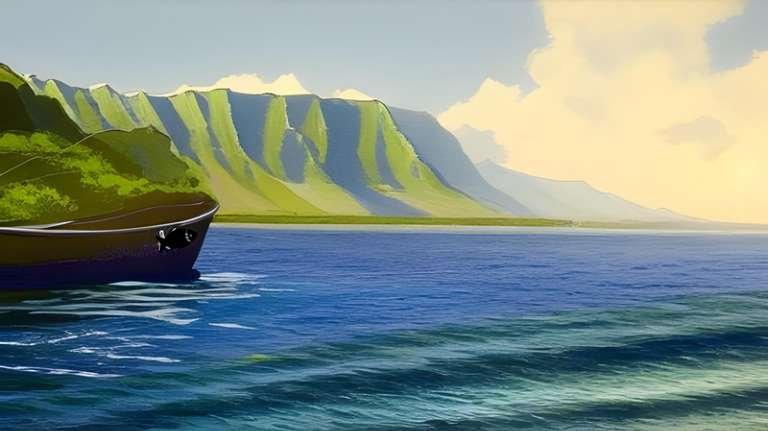
Overfishing has long been a concern in Hawaiian bottom fishing, but with strict regulations and catch limits in place, the fish stock has shown signs of recovery. Responsible fishing practices and gear restrictions have contributed to minimizing the ecological impact of bottom fishing. However, ensuring long-term sustainability requires continuous monitoring and adaptivity in both policy and industry practice.
It’s essential to respect closed seasons, bag limits, and size requirements to allow fish populations to recover and maintain a balanced ecosystem. By following these guidelines and practicing sustainable fishing methods, this culturally significant practice can continue to thrive in the Hawaiian Islands.
Traditional vs. Modern Practices

Ancient Hawaiians relied on their knowledge of ocean currents, fish movements, and natural landmarks to locate prime bottom fishing grounds. They employed underwater chumming techniques and sustainable fishing practices to minimize negative environmental impacts. In contrast, innovations since the 1930s have introduced motorized boats, advanced fishing gear, and GPS technology to modern bottom fishing.
Though these advancements have dramatically improved the efficiency of bottom fishing, responsible management and conservation efforts remain crucial in maintaining a balance between traditional and contemporary methods.
Global Impacts
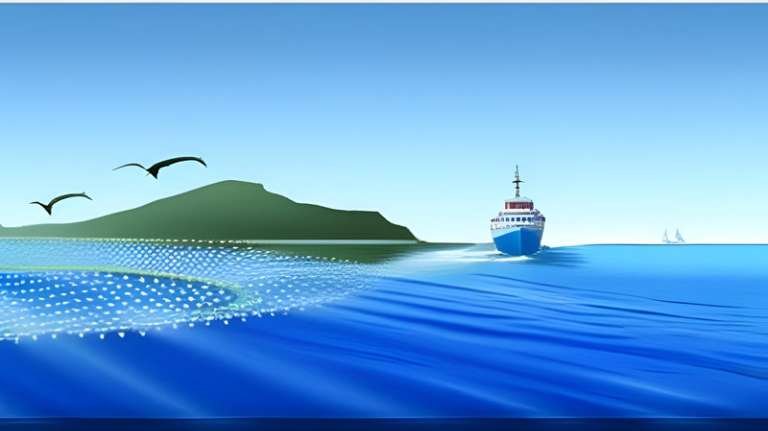
Globally, bottom trawling is a major concern within bottom fishing. The destructive nature of dragging weighted nets across the seafloor causes significant damage to marine habitats and biodiversity. Policy changes and conservation efforts are required to address these unsustainable practices and limit their adverse effects on the marine ecosystem.
Countries and fishing industries worldwide must work together to establish global conservation policies, enforce gear restrictions, and improve ocean management. By doing so, they can help ensure both the continuation of bottom fishing traditions and the preservation of oceanic ecosystems.
Conclusion
Bottom fishing is a vital practice in Hawaiian culture and economy. It connects locals and visitors alike to the rich marine life found in Hawaii’s waters, providing opportunities for cultural exchange and memorable experiences. However, balancing fishing practices with ecological sustainability is essential in order to safeguard this vital resource for generations to come.
By respecting regulations, employing responsible fishing techniques, and supporting conservation efforts, bottom fishing in Hawaii can continue to be a thriving cultural and economic practice that connects people to the aquatic resources that sustain them.


#1 Hawaii Bottom Fishing Charter
Experience the ultimate Hawaiian fishing adventure
- Book now, pay later: Secure your date now and pay the captain when you arrive.
- Expert local guides who know the best spots and techniques.
- World-class fishing: Reel in fish in stunning Hawaiian waters.
- Best Price Guarantee.
We earn a commission if you make a purchase

